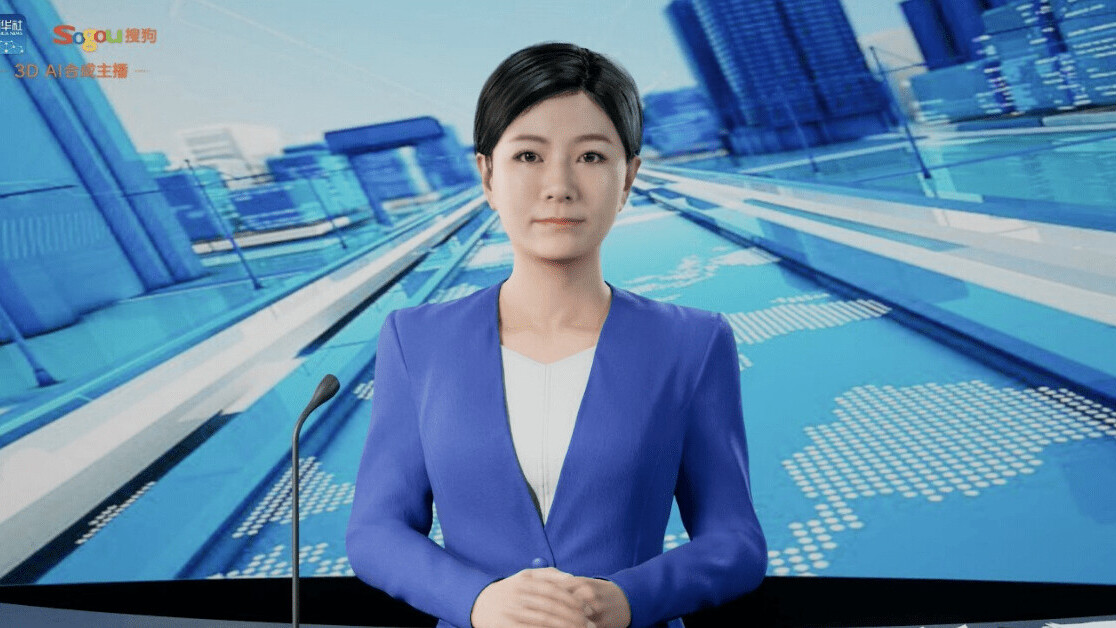Chinese state news agency Xinhua has added an AI 3D news anchor to its lineup of virtual presenters.
Named Xin Xiaowei, the publicity stunt avatar was jointly developed by Xinhua and search engine Sogou.
The 3D anchor is modeled on Zhao Wanwei, a real-life reporter for the news agency. Her digital counterpart is brought to life by “multi-modal recognition and synthesis, facial recognition and animation and transfer learning,” according to Sogou.
The company claims that this allows it to imitate human voices, facial expressions, lip movements, and mannerisms using only text inputs.
[Read: New Zealand’s first AI police officer reports for duty]
Check it out in action in the video below:
Here comes Xin Xiaowei, the world's first 3D #AINewsAnchor.
Jointly developed by Sogou and Xinhua News Agency, she will report for Xinhua News Agency on the #TwoSessions, creating a new and dynamic viewing experience. pic.twitter.com/5Tok2Mm3Pl— Sogou Inc. (@Sogou_Inc) May 21, 2020
Xinhua loves AI news anchors
The anchor is the latest in a growing gang of virtual presenters used by Xinhua. In 2018, the agency introduced a digital anchor called Qiu Hao, which used machine learning to simulate the voices, facial movements, and gestures of real broadcasters.
The following year, Xinhua unveiled a Russian-speaking version, which was developed alongside ITAR-TASS, a Russian news agency. The avatar was launched on the 70th anniversary of diplomatic relations between China and Russia, which suggests there are political motivations for the work as well as promotional ones.
The latest anchor is the first to be rendered in 3D. Its initial assignment is reporting for Xinhua on the Two Sessions, an annual congress of the Chinese Communist Party that kicked off today.
Soguo says that in the future, Xin Xiaowei will walk out of the studio to offer “a refreshing news broadcasting style under various scenarios.” As if we didn’t have enough reasons to stay indoors already.
Get the TNW newsletter
Get the most important tech news in your inbox each week.





